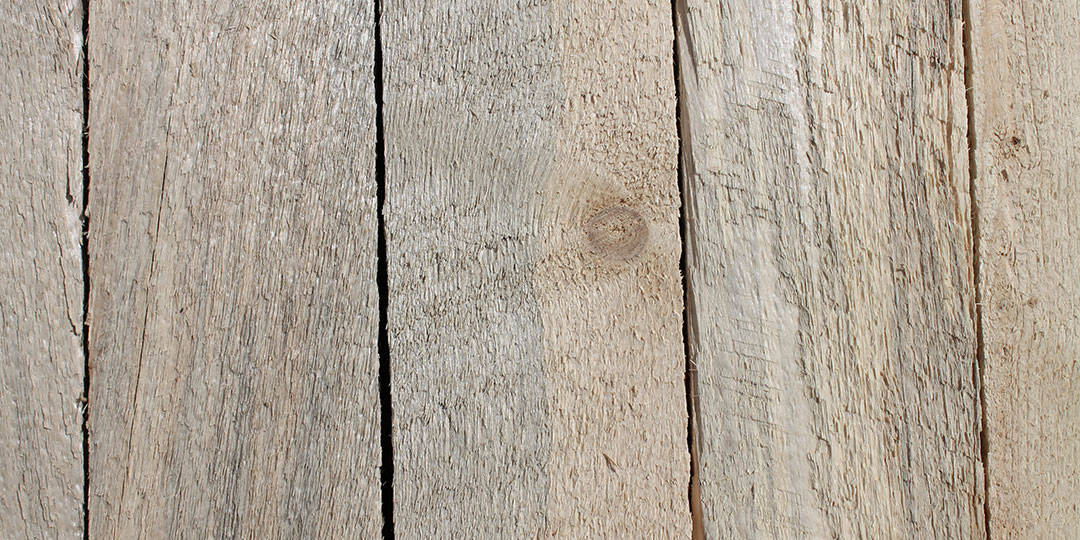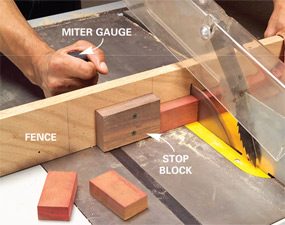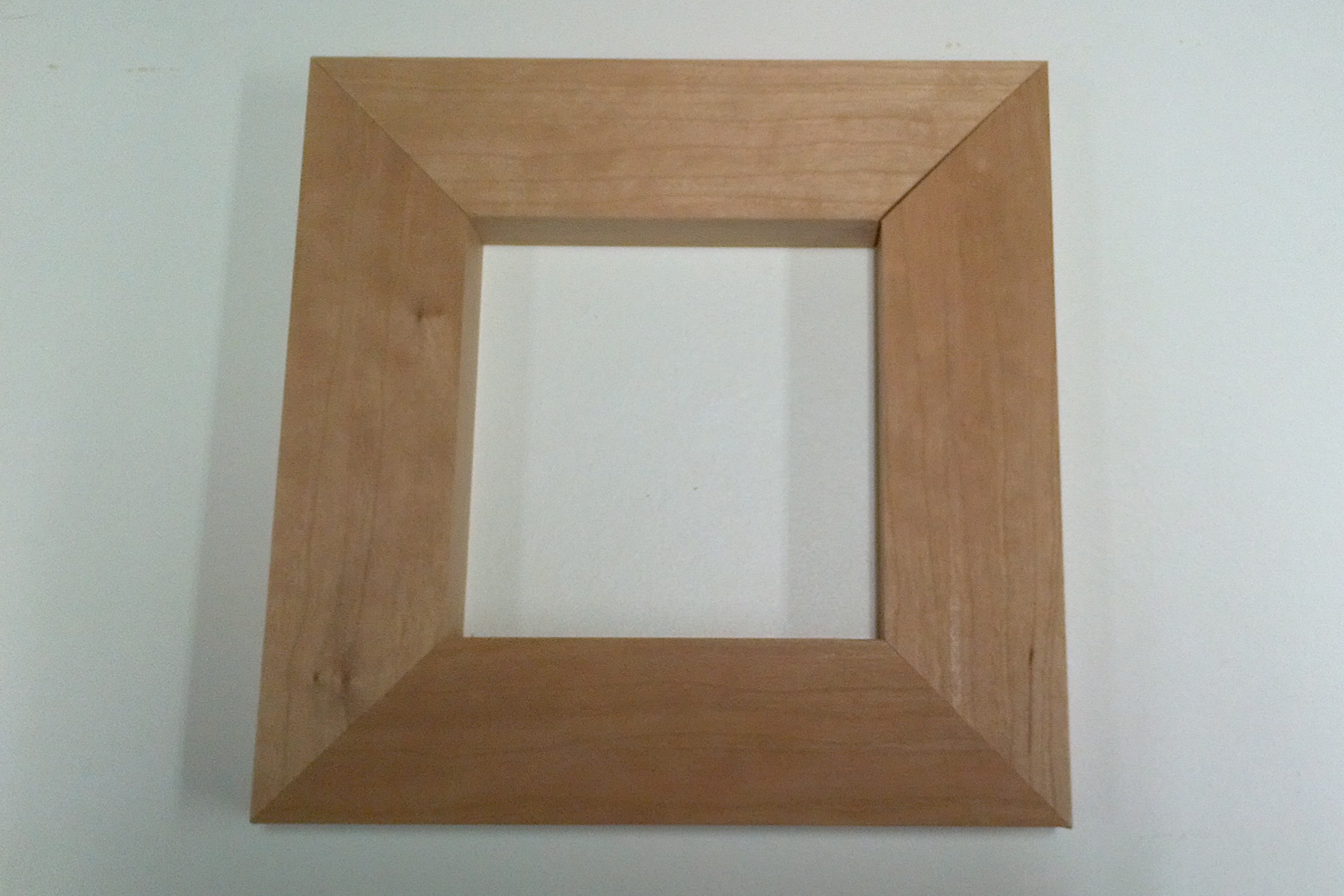
Practice on some basic hand-held planes to learn how to use handplanes. Smoothing planes would be a good example. Smoothing planes are generally used to shape curves and edges. Combination planes can also be used for woodworking projects. A low-angle adjustable-mouth block and jack plane are also available. Learn more about handplanes by reading on!
Smoothing plane
A good smoothing plan will do the job for most of your woodworking needs. However, certain jobs are better suited for a handheld plane. A well-tuned, smoothing plane will produce a smooth and shiny surface. For this type of plane to work effectively, it is important that you have a solid body position with a constant downward pressure. There are many different types of smoothing boards, but for beginners you can use a metal one.

Combination plane
The Lee Valley Veritas Combine Plane is a modernized version of the Stanley #45 combination aircraft, which was manufactured between 1884 & 1962. This hand plane was described as having seven functions. It could be used for plowing groove and creating dado or rebate housing. It can also plane the sash of windows. The Veritas is an acceptable alternative to both planes.
Jack plane
You will find the easiest ways to use a basic jack plane helpful, no matter how experienced you are in woodworking. Two irons can be used together to make a jackplan. One is used for smoothing out large, narrow sections of wood. Each iron has its own unique shape. One iron is used to remove the thickest pieces of wood. An additional iron is used to smoothen the surface and loosen edges.
Block plane with adjustable mouth and low angle
Low-angle adjustable-mouth block planes are similar to the #60 Stanley, but do not have fully adjustable mouths. It is supplied with a turned rosewood front knob. The #60 model has an adjustable mouth, which is a big difference to the #9 1/4 model. It generally doesn't have a high value and isn't worth much. It will last a lifetime, but a Stanley block airplane of high quality is not worth much.

Grooving plane
A grooving or plough plane is a woodworking tool that cuts grooves. It is designed to cut very narrow irons - some are only 3mm (1/8") wide - and is traditionally used for fitting cabinet backs and drawer bottoms, and frame and panel construction. It is also used to cut grooves in housing joints, such as the one in the end of a shelf unit. A special grooving plane was used to make grooves and tongues in the sides of large furniture pieces.
FAQ
How much does a hobbyist need to invest in getting started?
A lot of capital is required to purchase the necessary supplies and tools if you want to start your own woodworking shop. You can start by purchasing a small table saw and drill press as well as a circular saw, circular saw, jigsaw and sanding machines. These items aren’t too expensive so you won’t have to break the bank.
What's the difference between plywood vs particle board?
Plywood is made up of layers of wood pressed together under pressure. Plywood comes in several thicknesses and is commonly used for cabinets and flooring. Particle board is made up of sawdust mixed in resin, then compressed into large pieces. This board is commonly used in home improvement projects. Both types of boards are durable and easy to cut.
How long does a piece take to finish?
It depends on the wood type you choose, the complexity and the amount you apply to the finished product. Hardwoods are more difficult to maintain than softwoods. Hardwoods are also more expensive than softwoods. But they last longer and resist moisture better. The average time it takes to finish furniture is one week to three weeks.
Are there any other things I should know regarding woodworking?
It is easy to underestimate how much work it takes to make furniture. Finding the right kind of wood is the most difficult part. It is difficult to choose between the various types of wood.
The problem with wood is that not all wood properties are the same. Woods can warp, split, or crack over time. These are important considerations to make before you purchase wood.
What tools work best for me?
When shopping for tools, it helps to think about your needs and preferences. Are you more comfortable with plastic or metal handles? What size of nails and screws do your hands use most? Do you prefer to use hand tools or power tools?
Statistics
- Average lumber prices rose about 600 percent between April 2020 and May 2021. (familyhandyman.com)
- Woodworkers on the lower end of that spectrum, the bottom 10% to be exact, make roughly $24,000 a year, while the top 10% makes $108,000. (zippia.com)
- In 2014, there were just over 237,000 jobs for all woodworkers, with other wood product manufacturing employing 23 percent; wood kitchen cabinets and countertop manufacturing employing 21 percent. (theartcareerproject.com)
- Overall employment of woodworkers is projected to grow 8 percent from 2020 to 2030, about as fast as the average for all occupations. (bls.gov)
External Links
How To
How to properly use a handsaw
Hand saws are used for cutting wood into pieces. Most common hand saws include circular saws (jigsaws), table saws and band saws. A handsaw can be made of metal or other plastic. It cuts through material such as wood and plastics.
Hand saws have the main advantage of cutting at precise angles without needing to adjust the blade. It's also much easier to sharpen them than power tools. They do have their disadvantages. They can be very heavy and bulky so it is important to take care when you transport them. If you are not familiar with how to use one you may injure yourself.
There are many different ways to hold a hand saw. When cutting, you should keep your hands away from the blades. If you don't, you might get hurt. When holding the saw, you should place your fingers around the handle, keeping your thumb up near the top of the blade. This ensures that the blade is not accidentally touched.
You should not place anything underneath the wood you are cutting with a handsaw. This could cause the blade to slip from the wood's surface. Before cutting, always inspect the area. You must ensure that no nails, screws, or any other objects are under the wood.
You should always wear safety goggles when working with a hand saw. Safety glasses protect your eyes from dust and make it easier to see what the hand saw is doing. Safety glasses protect your face against flying debris, which is another reason they are useful.
Before you start working with a saw, it is important to learn how to use it safely. Next, practice until your confidence is high enough to begin cutting. Once you are comfortable with the basics, you will be able cut almost any material.